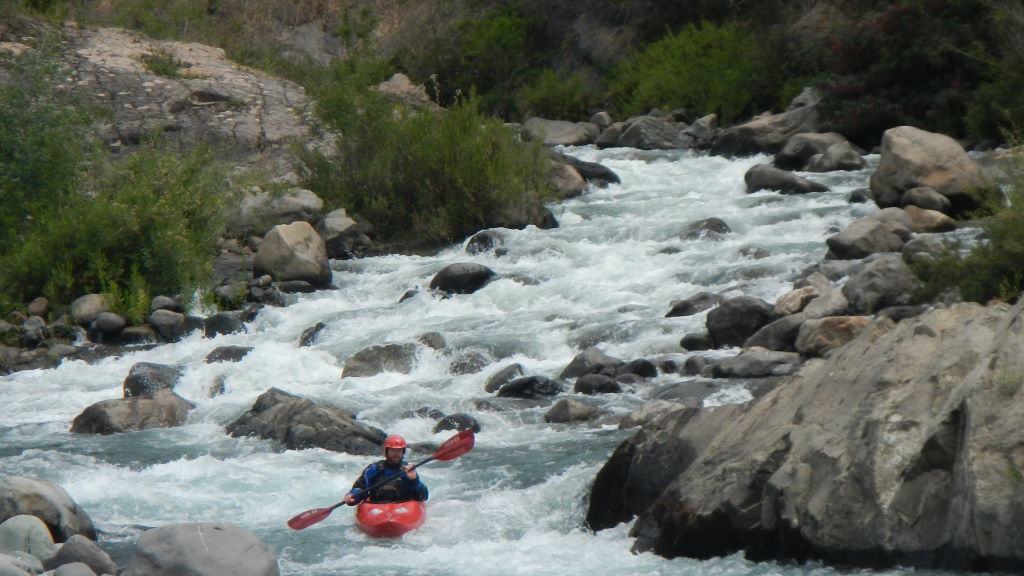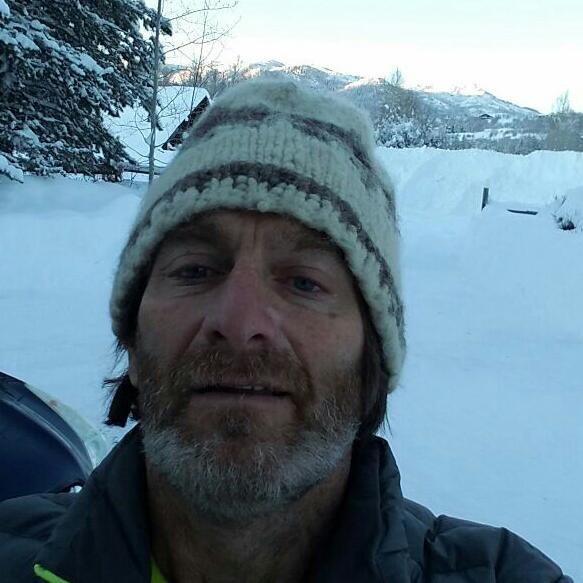Río Bío-Bío (El Nacimiento)

Kurt Casey
The famed Bío-Bío, Chile’s second longest river, originates in the heart of Mapuche-Pehuenche territory. The nacimiento, or birthplace of the river, is primeval and unforgettable. Araucarias, one of the Earth’s three oldest surviving tree species, stand sentinel along a shore framed by distant peaks straddling the border between Chile and Argentina.
Float this headwater run when the river is swollen from snowmelt. Below the confluence with the Río Rucanuco, the Bío-Bío opens up to broad vistas of the surrounding countryside. For the next 50-60 km, cattle graze in the adjacent fields while you float through occasional class II rapids. Approximately 10 km upstream from Lonquimay, a surprise series of angled ledge drops require precise maneuvering in a raft.
To find the headwater lakes, drive east from Victoria, 614 km south of Santiago, to Lonquimay. From Lonquimay, drive southeast approximately 75 km toward Laguna de Gualletué (Mapuche for “land where the oak trees grow”) and the Pehuenche town of Icalma. An alternate route to Icalma leads east from Temuco through Cunco and Melipeuco. Put in on Laguna de Icalma (Mapuche for “clean as a mirror”) out of which the Río Rucanuco flows, or turn off just before the lake at a sign pointing towards Laguna de Gualletué and the Bío-Bío. Numerous dirt tracks and a lack of signs can lead to confusion. Persistence will pay off by staying on the main two-wheel track and continuing north toward the distant hills approximately 10 km from the turnoff. The elevation at put in is 1145 meters and takeout 830 meters. The takeout for the mostly class 2 portion of the river is reached by returning to Lonquimay and driving north approximately 20 km to Puente and Balsa Carcoles. This 75 KM class II•III run is best in spring or early summer but I have seen it in early February and it still looked boatable. Flows range from 1000 to 5000 CFS and average gradient is 4.2 mpk or 21 FPM making it suitable for multi-day family raft trip. The fishing is very good so bring a rod.
Part two of the river has much more whitewater involving many class 3 and a few class 4 rapids. The takeout for this section is at the Río Llanquen confluence 736 meters which is also where the lake formed by Ralco dam starts and involves an additional 30 M of driving from Puente caracoles 830 meters. This 27.5 KM section averages 3.4 m/km.
Good car camping or overnight river camping along the river banks in Troyo can be organized through land owner O´higgins Nestor Norambuena by calling Phone 9-98397475 or asking for him in town and visiting his house.
Nearby rivers include Llanquen, Lolco and the Cautin. A gate on a private road prevents access from the lower Bio Bio and other tribuataries such as Queuco, Lomin, Ralco and Chalquivin.
Note: From Llanquen takeout you can also drive to Puente Contract (2.5 km) where you cross the lake formed by Nalco dam and continue 16 km to Lolco confluence. If you have a good truck the drive up the Lolco and over the Lonquimay Volcano is an unforgettable experience. (See Rio Lolco description)
Topo maps titled • Laguna de Icalma, Liucura, Laguna Marinanqui, Lonquimay

